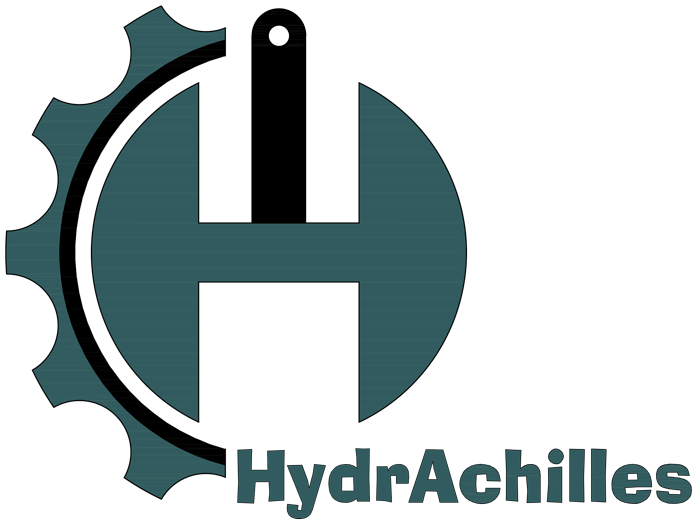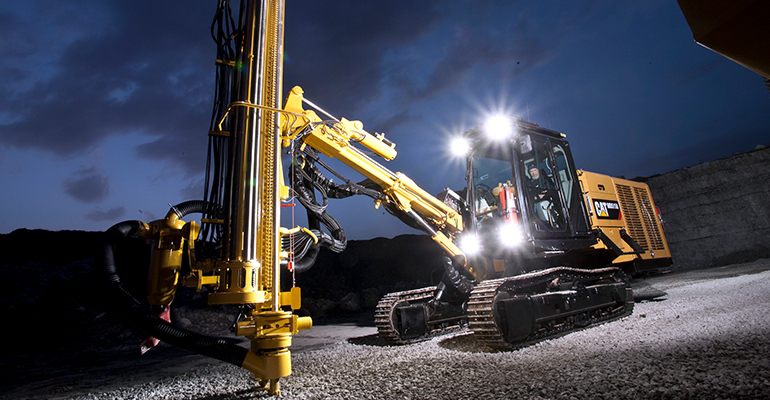Innovation in Seismic Protection: HydrAchilles’ Advanced FVD Technology
Introduction
In the ever-evolving field of seismic protection, innovation is the key to staying ahead of the challenges posed by natural disasters. Earthquakes can cause significant damage to infrastructure, leading to catastrophic consequences for communities and economies. To mitigate these risks, engineers and manufacturers have continuously sought to improve the tools available for protecting buildings and other critical structures. One such breakthrough in seismic protection is the Fluid Viscous Damper (FVD), a technology that has become essential in safeguarding against seismic forces. Among the latest advancements in this field is HydrAchilles’ proprietary FVD technology, which introduces a novel approach through its peripheral channel design. This article explores the innovative features of HydrAchilles’ FVDs and how they offer enhanced durability and cost efficiency compared to traditional dampers.
The Need for Innovation in Seismic Protection
Seismic protection is not just about resisting earthquakes; it’s about ensuring the longevity and safety of structures in a way that is both effective and economically viable. Traditional methods of seismic protection, such as base isolators and conventional dampers, have served well over the years. However, as buildings become taller, infrastructure more complex, and seismic activity potentially more frequent due to environmental changes, there is an increasing demand for advanced solutions that can offer more robust protection with lower maintenance needs.
Fluid Viscous Dampers have long been recognized for their ability to absorb and dissipate the energy generated by seismic waves, reducing the forces transmitted to a building’s structure. However, traditional FVDs have certain limitations, including the need for regular maintenance, potential fluid leakage, and the wear and tear associated with moving parts. Addressing these challenges requires a new approach—one that HydrAchilles has pioneered with its advanced FVD technology.
The Peripheral Channel Technology: A Game-Changer
At the heart of HydrAchilles’ innovation is the peripheral channel technology, a design that distinguishes its FVDs from conventional models. Traditional FVDs typically rely on orifices to control the flow of fluid as the piston moves within the damper. While effective, this approach can lead to issues over time, such as erosion of the orifices, fluid leakage, and a reduction in damping efficiency due to the degradation of components.
HydrAchilles’ FVDs eliminate these drawbacks by utilizing a unique system of peripheral channels around the main cylinder. Instead of forcing the fluid through small orifices, the peripheral channels allow the fluid to flow more freely around the piston. This design change results in several key benefits:
- Enhanced Durability: The peripheral channel design significantly reduces the wear and tear on the damper’s components. By allowing the fluid to move more smoothly and with less resistance, the overall stress on the internal parts is minimized. This leads to a longer lifespan for the damper, ensuring that it remains effective for many years without the need for frequent maintenance or part replacements.
- Reduced Maintenance Costs: One of the primary challenges with traditional FVDs is the need for regular maintenance to address issues like fluid leakage and component wear. HydrAchilles’ advanced design minimizes these risks by reducing the pressure and strain on the damper’s components. This not only enhances the damper’s reliability but also lowers the total cost of ownership, as building owners and operators can save on maintenance expenses over the damper’s lifetime.
- Improved Performance Under Variable Conditions: The peripheral channel design also allows HydrAchilles’ FVDs to perform more consistently across a wide range of operating conditions. Whether subjected to high or low seismic forces, the damper can efficiently absorb and dissipate energy without losing effectiveness. This is particularly important in regions where seismic activity can vary greatly in intensity, ensuring that structures remain protected regardless of the magnitude of the event.
- Independence from Power and Control Systems: HydrAchilles’ FVDs are designed to operate independently of external power sources and control systems. This is a significant advantage in earthquake scenarios where power outages are common. The dampers continue to function effectively, providing critical protection to the structure even in the most challenging circumstances. This feature not only enhances the damper’s reliability but also simplifies its integration into a variety of building designs.
The Economic and Environmental Impact
In addition to the technical advantages, HydrAchilles’ FVD technology offers substantial economic and environmental benefits. The reduced need for maintenance and the extended lifespan of the dampers translate into significant cost savings for building owners and developers. This is particularly important in large-scale projects where maintenance costs can quickly add up over the years.
From an environmental perspective, the durability of HydrAchilles’ FVDs means fewer replacements and less waste generated over time. Traditional FVDs that require frequent maintenance and part replacements contribute to a higher environmental footprint due to the manufacturing, transportation, and disposal of components. By extending the lifespan of the dampers and reducing the need for replacements, HydrAchilles is helping to minimize the environmental impact of seismic protection systems.
Moreover, the simplicity of the manufacturing process for HydrAchilles’ FVDs allows for production using standard equipment and techniques. This not only keeps costs down but also reduces the energy consumption and carbon footprint associated with manufacturing. As sustainability becomes an increasingly important consideration in construction and engineering, HydrAchilles’ FVDs offer a solution that aligns with the industry’s move toward greener practices.
Applications and Market Potential
The applications of HydrAchilles’ advanced FVD technology are vast and varied. The dampers are suitable for use in a wide range of structures, including high-rise buildings, bridges, industrial facilities, and critical infrastructure such as hospitals and schools. In regions prone to seismic activity, the adoption of these advanced dampers can significantly enhance the resilience of structures, protecting lives and property.
The market potential for HydrAchilles’ FVDs is considerable, particularly in North America, where the demand for seismic-resistant infrastructure is growing. With the increasing frequency of earthquakes in regions like California and the Pacific Northwest, there is a pressing need for advanced protection systems that can be easily integrated into both new constructions and retrofitted into existing buildings.
HydrAchilles is well-positioned to meet this demand with its innovative FVD technology. The company’s focus on delivering high-quality, cost-effective solutions that reduce maintenance requirements and enhance durability makes its products an attractive option for developers, architects, and engineers looking to invest in long-term seismic protection.
Conclusion
Innovation is the cornerstone of progress, especially in fields where the stakes are as high as seismic protection. HydrAchilles’ advanced FVD technology represents a significant step forward in the industry, offering a solution that not only enhances the safety and resilience of structures but also reduces costs and environmental impact.
The introduction of peripheral channel technology in Fluid Viscous Dampers is a game-changer, addressing the limitations of traditional designs and setting a new standard for durability and efficiency. As the construction industry continues to evolve and the need for advanced seismic protection grows, HydrAchilles is poised to lead the way with its innovative approach to safeguarding buildings and infrastructure against the forces of nature.



Leave A Comment